The phrase racecar for the road is over used. Not every extreme performance car is a ‘racecar’. Particularly if the car in question has never raced, or was not conceived to do so. However, there are some real racecars for the road, cars that were designed purely with competition in mind. These were not made as production vehicles first and raced after the fact, as with the McLaren F1. Each was conceived with competition in mind and, due to rules requirements, a handful were adapted for road-going use. We take a look at some of the more notable real racecars for the road.
Buy now and take advantage of free delivery in South Africa on orders over R349.
Lancia Stratos
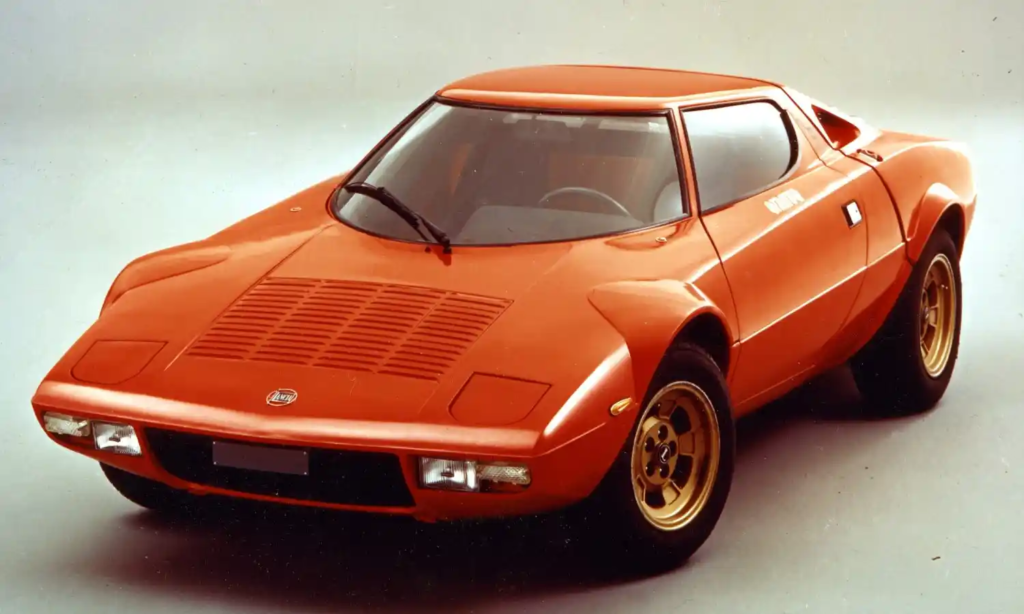
We know all about the extreme Group B machines, and you probably do too. The Lancia Stratos predates any of these. It was designed to be compact, which contributed to its agility on both tar and gravel tracks. Lancia borrowed a V6 engine from stablemate Ferrari. The compact unit was slotted in behind the cabin and drove the rear wheels. A sub-one ton mass and ideal engine placement made it a wieldy machine. The Stratos famously has door pockets large enough to accommodate helmets of the crew between timed stages. Just under 500 were produced.
Power: 140 kW
Torque: 225 N.m
Top speed: 230 km/h
0-100 km/h: <7,0 seconds
Click here to read our driving review of the modern-day MAT Stratos.
Porsche GT1 Strassenversion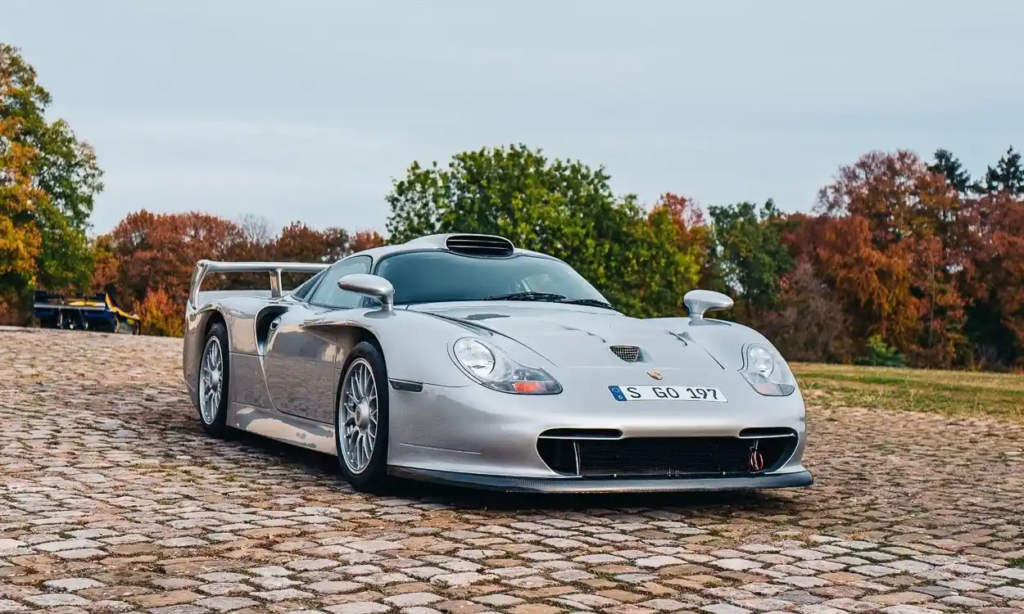
The Porsche GT1 made its debut in the mid-1990s, primarily designed to compete in the FIA GT Championship. It was based loosely on a 993 initially, with later cars wearing the same face at the 996 Turbo. The GT1’s lightweight construction and the reliabilty of Porsche’s 3,2-litre twin-turbocharged engine allowed it to dominate GT1 racing. Just under two dozen were produced making it one of the rarest Porsches ever made.
Power: 400 kW
Torque: 600 N.m
Top speed: 310 km/h
0-100 km/h: 3,6 seconds
Nissan R390 GT1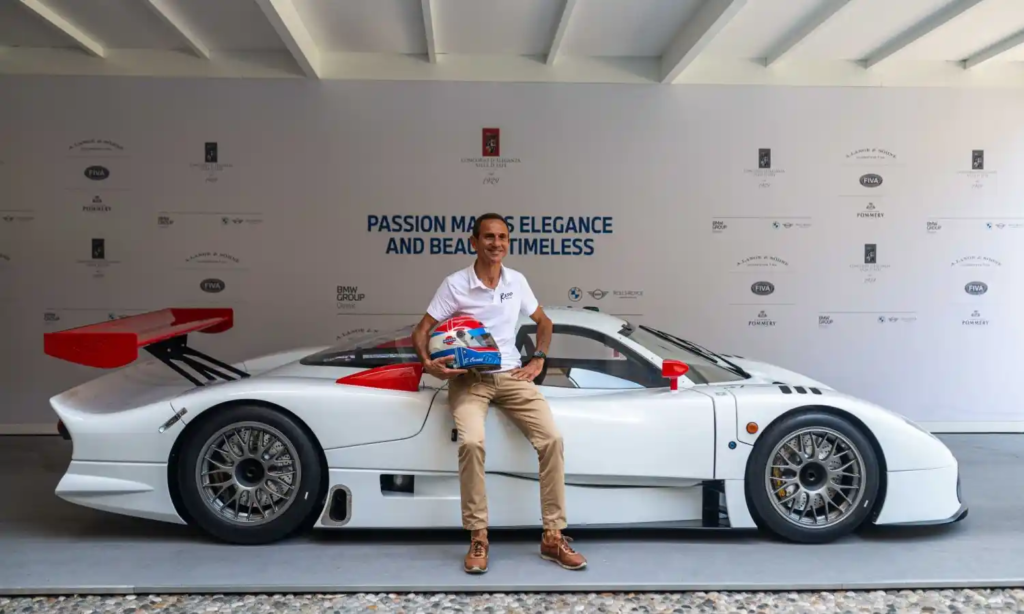
The Nissan R390 GT1 was also developed to meet homologation requirements for racing. But the rules required only a single road version be produced, so that’s what Nissan did at the time. Eric Comas (pictured), one of the pilots who raced the car at Le Mans converted a second car for road use. The R390 is powered by a 3,5-liter twin-turbo V8 engine, showcasing Nissan’s engineering prowess during its era.
Power: 258 kW
Torque: 500 N.m
Top speed: >300 km/h
0-100 km/h: 3,3 seconds
Praga R1R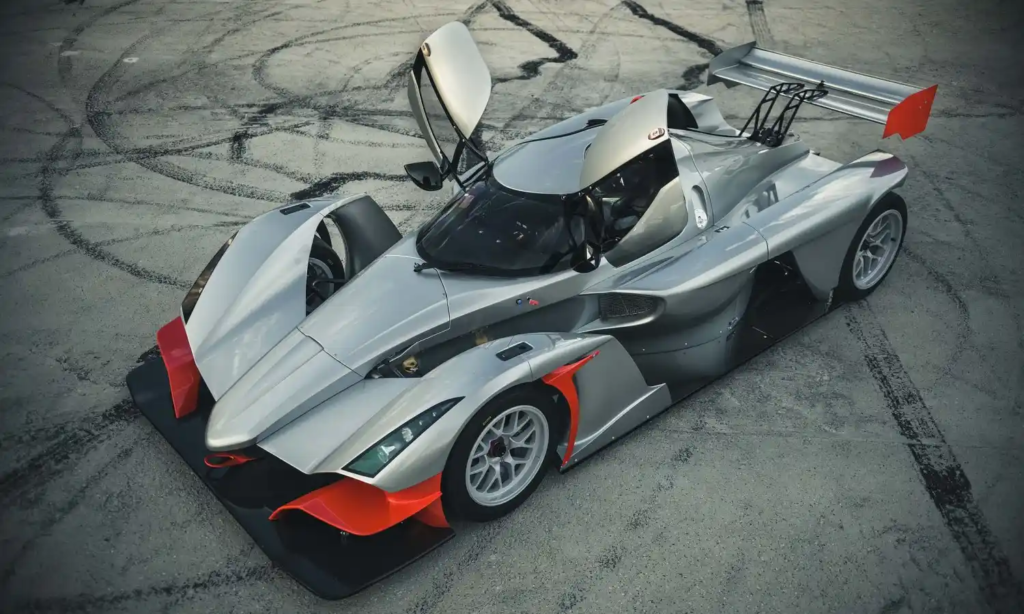
The Praga R1R is a modern lightweight racecar that is based on the race-built R1. The R1R was designed primarily for track use but it is road legal. The company was clear: Instead of taking a road car and trying to add racing performance, we injected road-car usability and comfort into the racecar. the R1R employs advanced materials like carbon fibre to minimise mass. As a result it weighs just under 700 kg. A turbocharged inline four sends power to the rear wheels. Genuine aero provides up to 3G of lateral grip.
Power: 290 kW
Torque: 530 N.m
Top speed: 250 km/h
0-100 km/h: <3,0 seconds
Mercedes-Benz CLK GTR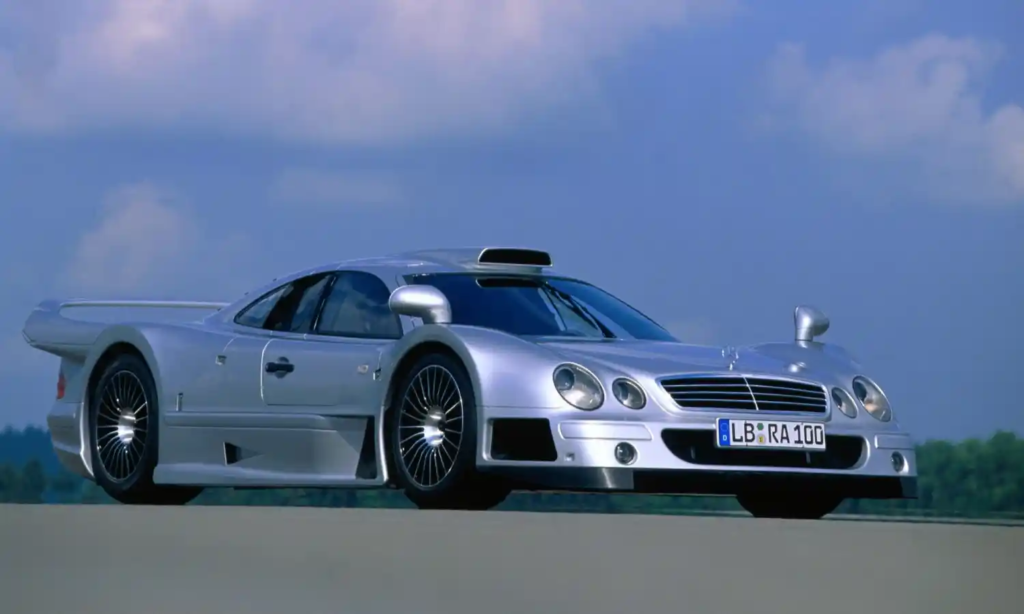
The Mercedes-Benz CLK GTR was another formidable contender in the world of GT racing. Just 26 CLK GTRs exist, which makes them even more rare than the famed Ferrari 250 GTO. The GTR competed in two seasons (1997-98) of FIA GT racing. During this time it took 17 wins from 22 races claiming the drivers’ and constructors’ championships in the process. A 6,9-litre, naturally aspirated V12 delivered over 441 kW to the rear wheels through a six-speed sequential transmission. You can learn more about the CLK GTR at this link.
Power: 441 kW
Torque: 776 N.m
Top speed: 323 km/h
0-100 km/h: 3,4 seconds
Dauer 962 GT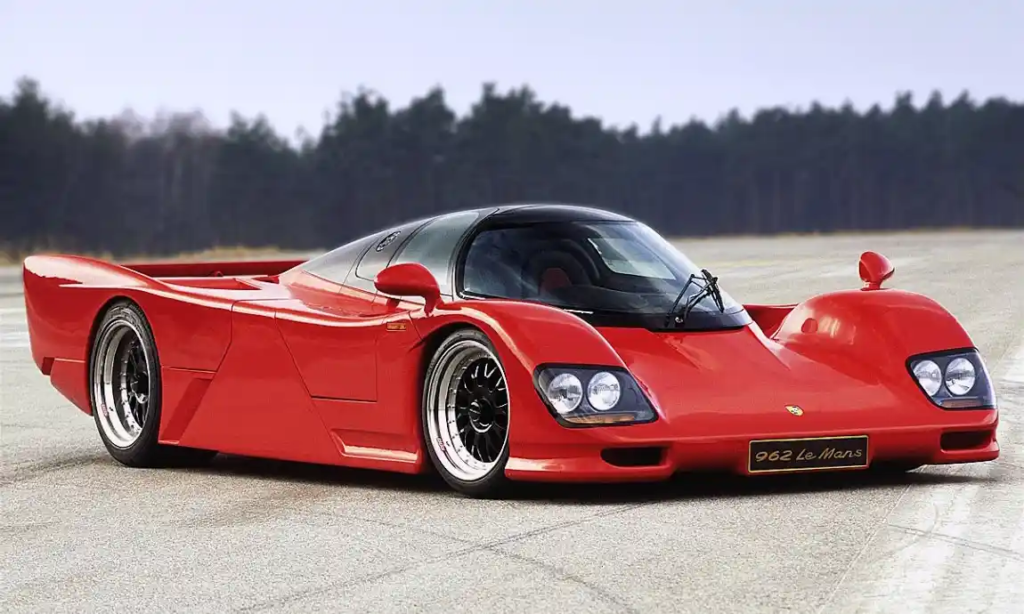
When Porsche developed the 962 endurance racer, they would not have envisaged someone converting it for road use. But that is exactly what Jochen Dauer did. He bought five cars from Porsche and turned them into road cars. Each sold for a whopping $1m… in 1993. These five racecars made more power than their racecar counterparts as they were completely derestricted. Dauer then took the road car, converted it back for race duties, exploiting a GT1 loophole, and won the famous 24 Hours of Le Mans in 1994.
Power: 545 kW
Torque: 700 N.m
Top speed: approx 400 km/h
0-100 km/h: approx 2,7 seconds
Click here to check out other iconic 24 Hours of Le Mans winners.

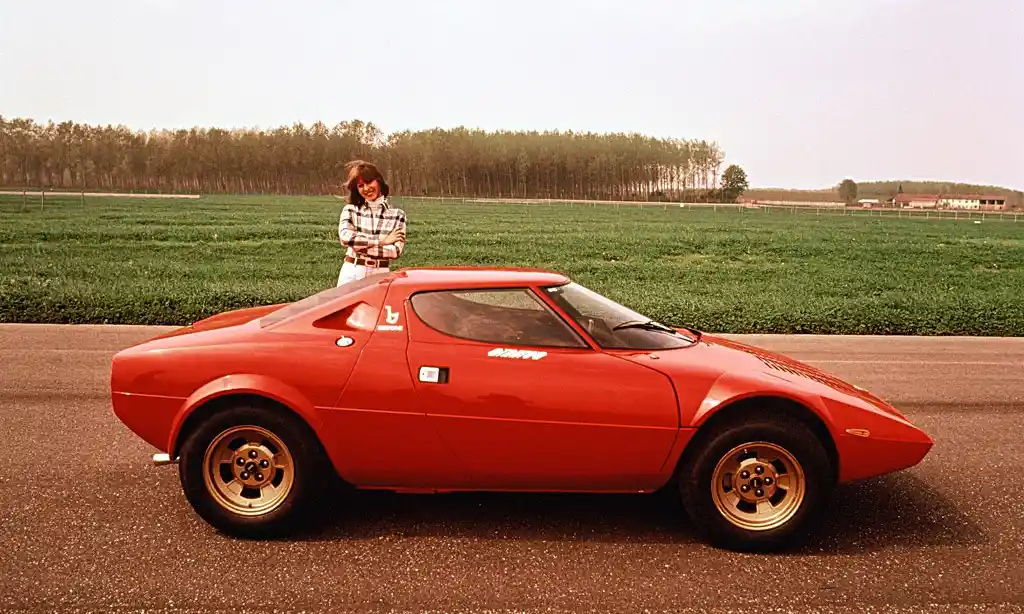
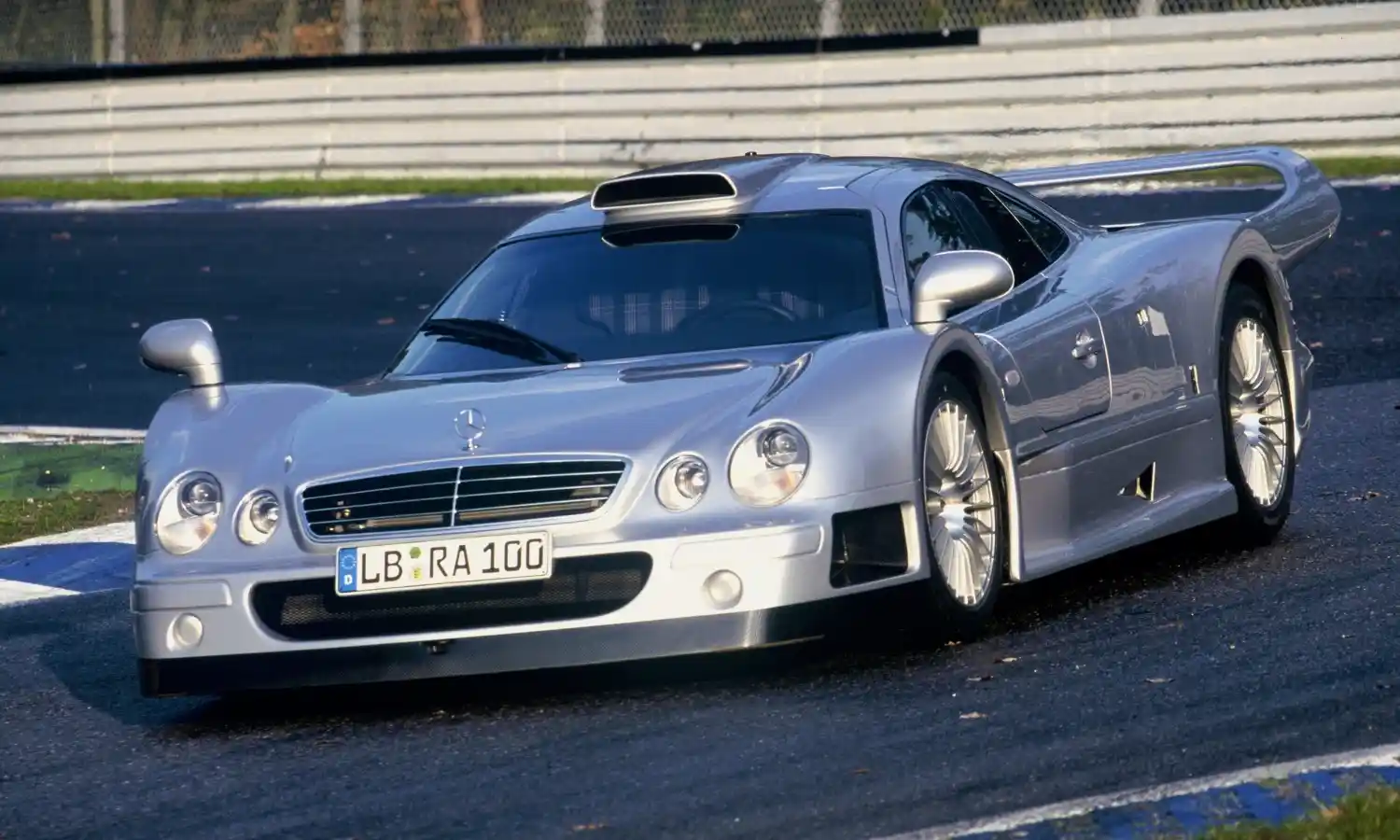
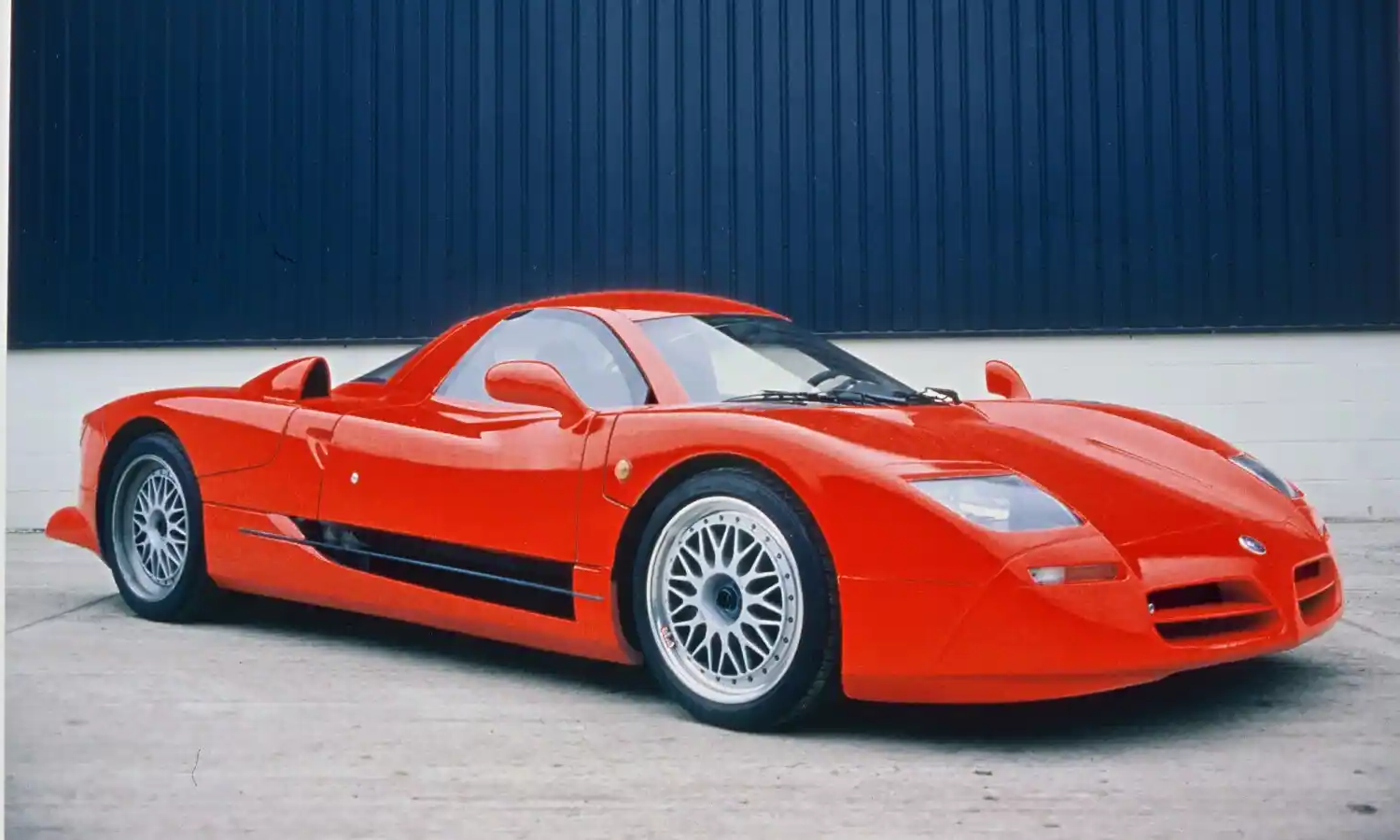
![2025 FIA WEC 24 Hours of Le Mans: Race Report and Ramblings [w/video]](https://doubleapex.co.za/wp-content/uploads/2025/06/2025-FIA-WEC-24-Hours-of-Le-Mans-start-500x383.webp)
![McLaren Project Endurance Debuts Le Mans Challenger [video]](https://doubleapex.co.za/wp-content/uploads/2025/06/McLaren-Project-Endurance-Le-Mans-Hypercar_03_edited-500x383.webp)
![Michael Schumacher At Le Mans [video]](https://doubleapex.co.za/wp-content/uploads/2025/06/a0052-500x383.webp)
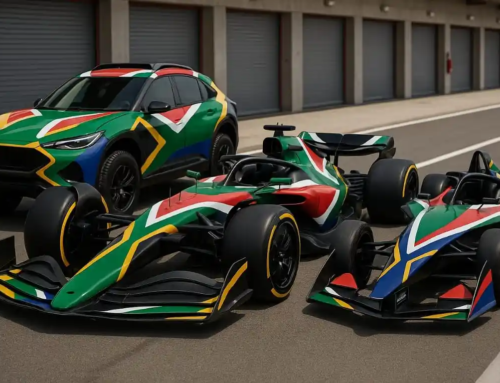
Leave A Comment